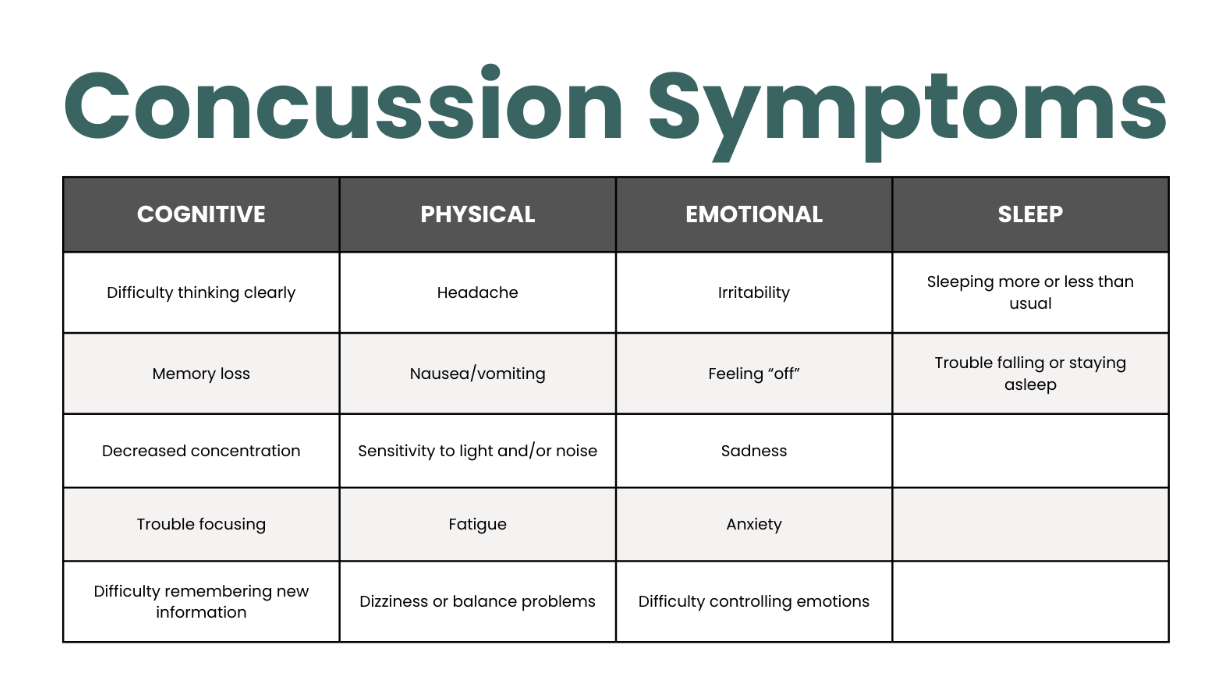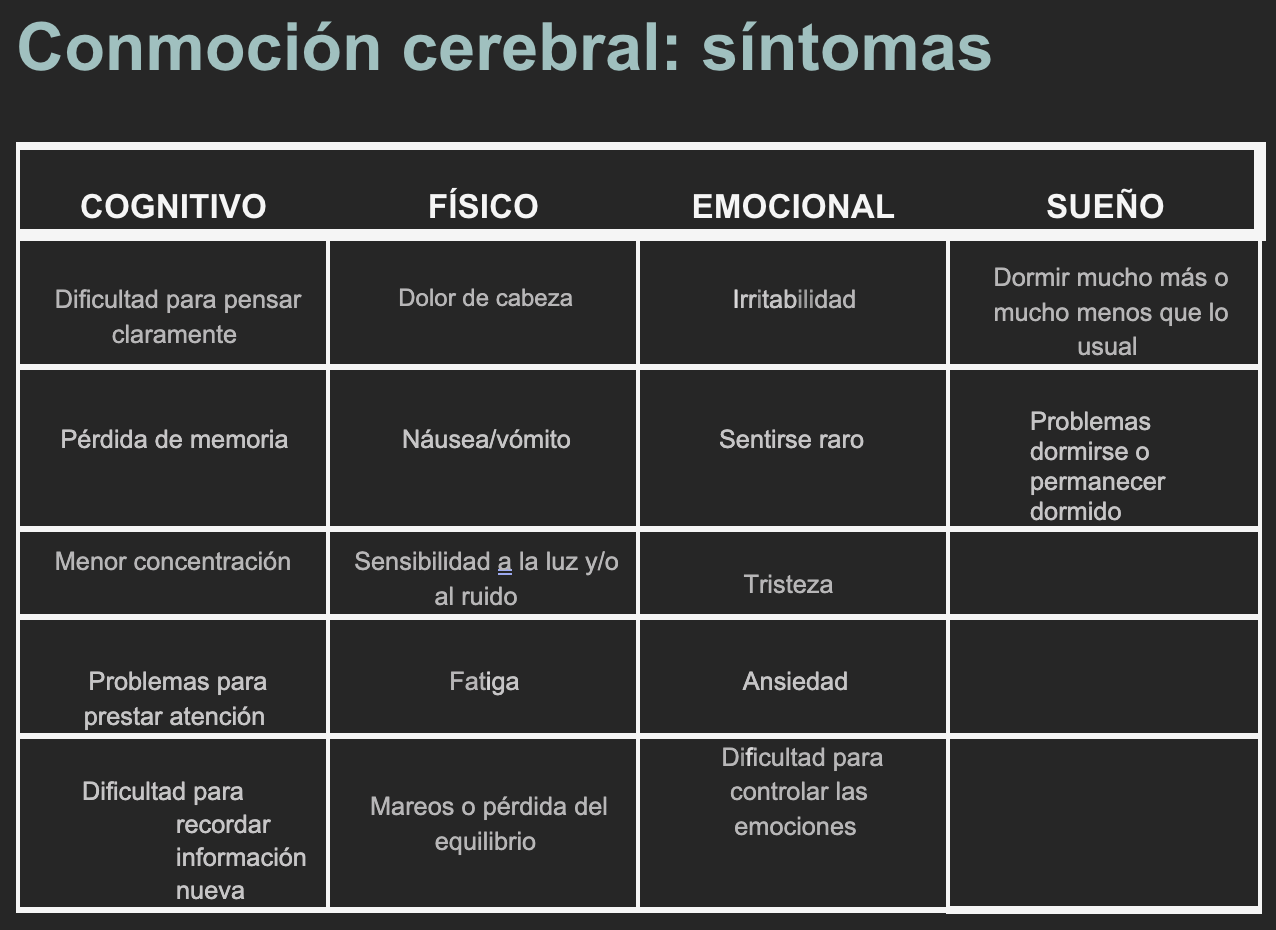From the ER: Concussion Signs, Symptoms, and Care
Whether biking in the summer or skiing in the winter, adventuring in Telluride brings an inherent risk of injury. Protective gear has come a long way, and certainly prevention is the best cure, but accidents do happen. Knowing the signs and symptoms of a concussion, and when to seek primary versus emergency care is important for both short- and long-term health implications.
A concussion is a form of traumatic brain injury (TBI) in which a bump, blow, or jolt to the head (or body) causes the head to move rapidly back and forth. This sudden movement can result in stretching or damage or the nerve cells in the brain, impacting the way the brain functions.

When To Seek Emergency Care:
- Loss of consciousness of any duration
- Severe headache that gets worse despite rest and medication
- Convulsions or seizures
- Slurred speech, weakness, or numbness
- Increased confusion, agitation, or unusual behavior
- Lethargy or inability to be easily awakened
- Repeated nausea or vomiting
- Decreased in coordination, clumsiness
- Bleeding from the ears, mouth, or nose
Promote Healing:
After a concussion, it is important to rest both your brain and body. During the first 24-48 hours after injury, complete rest is recommended. Get plenty of sleep to allow the brain to heal, take frequent breaks throughout the day, and minimize distractions and screen time. Return to work, school, and other activities gradually. Every concussion is unique, and there is not a standard healing process for everyone, so keep a log of symptoms and follow-up with your healthcare provider at regular intervals.
Prevention is the Best Cure:
Although no type of helmet can fully prevent a concussion, evidence shows that a properly fitting helmet can significantly reduce risk for more catastrophic injury to the brain. Replace your helmet if you have an accident and your helmet is involved, as they are designed to withstand only one significant impact.
Having a second concussion before the brain has fully healed from the first can be dangerous – potentially slowing your recovery and increasing the risk for long-term problems.
Play hard, stay safe, and wear your helmet! Additional resources are available at the Centers for Disease Control and Prevention, Brainline, and Colorado Kids with Brain Injury.
Desde la sala de emergencias: signos, síntomas y atención de la conmoción cerebral
En Telluride, ya sea andar en bicicleta en el verano o esquiar en el invierno conlleva un riesgo inherente de lesiones. El área de equipos de protección ha recorrido un largo camino y, sin duda, la prevención es la mejor cura, pero los accidentes ocurren. Conocer los signos y síntomas de una conmoción cerebral y cuándo buscar atención primaria versus atención de emergencia es importante para las implicaciones de salud a corto y largo plazo.
Una conmoción cerebral es una forma de lesión cerebral traumática (TBI, por sus siglas en inglés) en la que un golpe o sacudida en la cabeza (o el cuerpo) provoca un movimiento muy rápido hacia adelante y hacia atrás. Este movimiento repentino puede provocar estiramiento o daño en las células nerviosas del cerebro, lo que afecta la forma en que funciona el cerebro.

Cuándo buscar atención de emergencia:
- Pérdida del conocimiento de cualquier duración
- Dolor de cabeza intenso que empeora a pesar del reposo y la medicación
- Convulsiones
- Dificultad para hablar, debilidad o entumecimiento
- Aumento de la confusión, agitación o comportamiento inusual
- Letargo o incapacidad para despertarse fácilmente
- Náuseas o vómitos repetidos
- Disminución de la coordinación, torpeza
- Sangrado de los oídos, la boca o la nariz
Promover la curación:
Después de una conmoción cerebral, es importante descansar tanto el cerebro como el cuerpo. Durante las primeras 24-48 horas luego de la lesión, se recomienda reposo completo. Duerma lo suficiente para permitir que el cerebro sane, tome descansos frecuentes durante el día y minimice las distracciones y el tiempo frente a una pantalla. Regrese al trabajo, la escuela y otras actividades gradualmente. Cada conmoción cerebral es única y no existe un proceso de curación estándar para todos, así que mantenga un registro de los síntomas y haga un seguimiento con su médico a intervalos regulares.
La prevención es la mejor cura:
Aunque ningún casco puede prevenir completamente una conmoción cerebral, la evidencia muestra que un casco que le calce bien puede reducir significativamente el riesgo de lesiones más catastróficas en el cerebro. Reemplace su casco si tiene un accidente con ese casco, ya que están diseñados para soportar solo un impacto significativo.
Tener una segunda conmoción cerebral antes de que el cerebro se haya curado por completo puede ser peligroso, lo que podría retrasar su recuperación y aumentar el riesgo de problemas a largo plazo.
¡Diviértase, manténgase seguro y use un casco! Recursos adicionales disponibles en: Centers for Disease Control and Prevention (Centros para el Control y la Prevención de Enfermedades, Brainline y Colorado Kids with Brain Injury (Niños en Colorado con daño cerebral)
